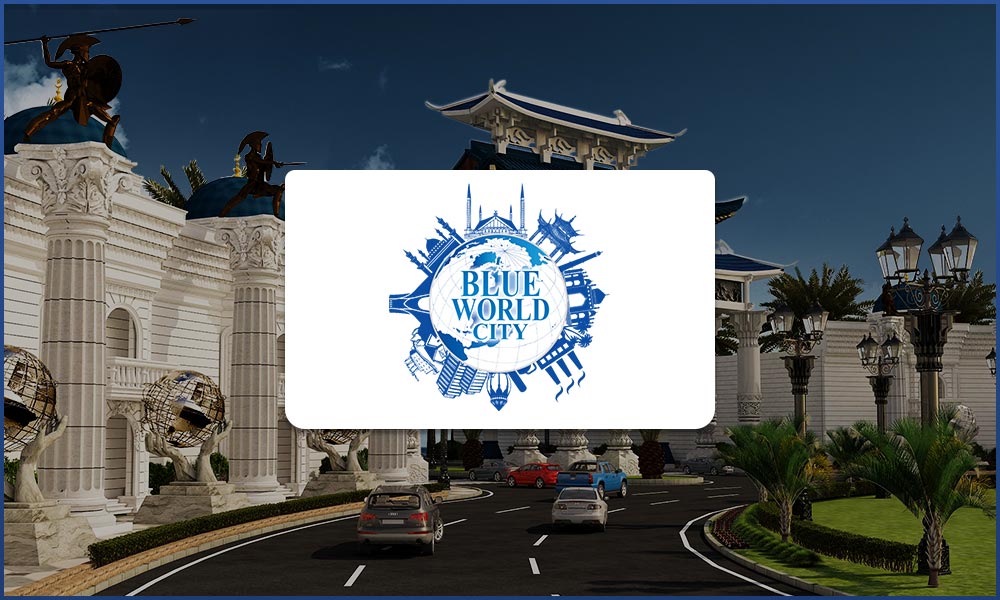The Blue World Trade Center stands tall and proud as a symbol of modern architecture and innovation. This iconic structure, located in the heart of a bustling metropolis, showcases the blend of design, functionality, and sustainability. In this article, we delve into the magnificent features of the Blue World Trade Center, exploring its architectural brilliance, environmental considerations, and its impact on the surrounding community.
Architectural Brilliance
A Striking Silhouette
The Blue World Trade Center commands attention with its soaring height and unique silhouette. The architecture seamlessly blends modernist elements with a touch of futurism, creating a visually stunning masterpiece.
A Structural Marvel
The building’s structural design is an engineering marvel. It incorporates advanced techniques to withstand seismic activity and high wind loads, ensuring the safety and stability of the tower. The use of cutting-edge materials adds to its strength and durability.
Innovative Facade
The facade of the Blue World Trade Center showcases innovation and elegance. The sleek, glass-clad exterior not only provides panoramic views but also employs energy-efficient technologies to optimize natural lighting and reduce energy consumption.
Sustainability and Environmental Considerations
Green Building Practices
The Blue World Trade Center exemplifies sustainable construction practices. From the initial design phase to the ongoing operations, environmental considerations were at the forefront. The building incorporates energy-efficient systems, utilizes renewable energy sources, and implements water-saving technologies.
LEED Certification
In recognition of its sustainable features, the Blue World Trade Center has achieved LEED (Leadership in Energy and Environmental Design) certification. This prestigious accolade highlights the building’s commitment to reducing carbon footprint, promoting eco-friendly practices, and ensuring a healthier environment for its occupants.
Green Spaces and Urban Integration
The architects have skillfully integrated green spaces within and around the Blue World Trade Center. Rooftop gardens, landscaped plazas, and strategically placed vegetation contribute to improved air quality and a more pleasant urban environment. These green spaces also provide areas for relaxation and recreation for the building’s occupants and the local community.
Impact on the Surrounding Community
Economic Catalyst
The Blue World Trade Center serves as an economic catalyst, attracting businesses, tourists, and investment to the area. Its presence has revitalized the local economy, creating job opportunities and boosting the commercial landscape. The building’s retail spaces and amenities contribute to a vibrant and thriving community.
Cultural Landmark
Beyond its economic impact, the Blue World Trade Center has become a cultural landmark and a point of pride for the city. Its distinctive design has become synonymous with the urban landscape, often featured in photographs, postcards, and movies, drawing visitors from around the world.
Community Engagement
The Blue World Trade Center actively engages with the surrounding community through various initiatives. It hosts public events, art exhibitions, and educational programs, fostering a sense of belonging and connectivity. The building’s design incorporates accessible spaces that encourage social interactions and create opportunities for community gatherings.
Conclusion
The Blue World Trade Center stands as a testament to human creativity, technological advancements, and sustainable practices. Its architectural brilliance captivates the eye, while its commitment to environmental responsibility sets a new standard for future developments. As a catalyst for economic growth and a cultural landmark, the Blue World Trade Center and Blue World City serves as a beacon of progress, bringing together people from all walks of life in the heart of the city.
You may also like
-
How Does Plywood HSN Code Decide the GST Rate for Traders and Manufacturers?
-
POS Terminal Type: Which Is Best for Your Business?
-
How to Choose Fixed and Portable Gas Monitors for Industrial Gas Detection?
-
Simplifying Trademark Registration in Hong Kong: What Businesses Need to Know
-
EPR Registration and Annual Returns Explained: Compliance Made Simple for Businesses

